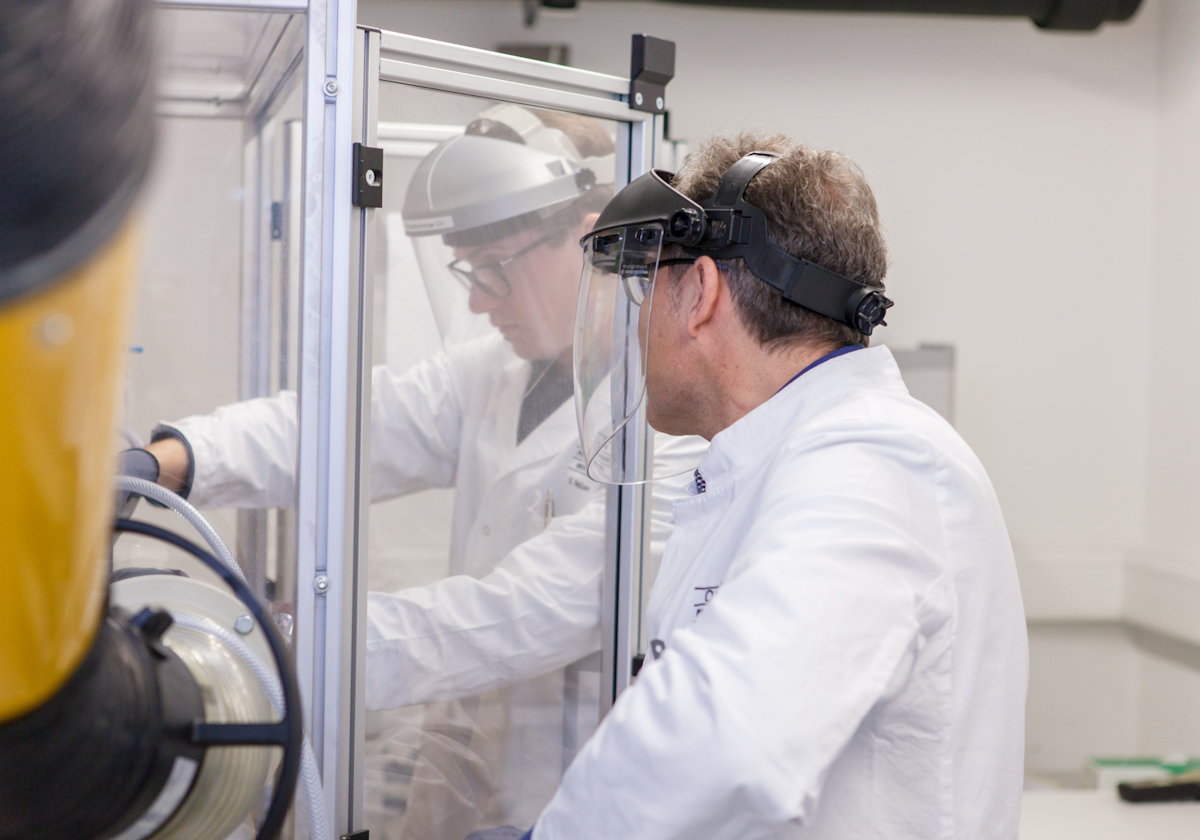Significance and Test Method
Refrigeration technology uses a wide variety of refrigerants. Due to environmental protection regulations and new scientific findings, the specifications for refrigerants change regularly. As early as the 1990s, the chlorofluorocarbons (CFCs) commonly used at that time were replaced by chlorine-free refrigerants, e.g. R-134a. After the EU directive on hydrofluorocarbons (HFCs) was introduced in 2011, these newer substances also had to be replaced by refrigerants with a lower global warming potential of GWP < 150 (e.g. R1234yf).
The modern generation of refrigerants now meet the environmental requirements, but are controversial in terms of safety. Therefore, the trend continues towards CO2 (R-744), a technically very challenging refrigerant, as high system pressures and special sealing elements are required in the chillers.
Testing in Standard HFC Refrigerants
At the Elastomer Institut Richter we have set up a special filling system for refrigerant compatibility tests. This enables us to evacuate the autoclaves for the compatibility test before filling them with a refrigerant.
In this way, we can ensure that any reactions that may occur between the refrigerant and the material sample during the test are not affected by atmospheric oxygen.
HFO-1234yf or R1234yf or R134a are part of our service range along with other common refrigerants from the automotive and industrial sectors. On request, we also carry out tests in other refrigerants.
Testing in CO2 Refrigerant
We are also well equipped for the ever increasing trend towards CO2 (R744) refrigerant. Several CO2 high-pressure autoclaves, some with pressure and temperature sensors, also enable us to carry out tests in CO2 gas at high temperature or under high pressure.
Depending on the requirements, the test specimens are stored in accordance with DIN ISO 1817 or as per internal test instructions.
Downloads
Learn more about our CO2 testing options.
Extended testing possibilities for CO2 immersion at elevated temperatures


